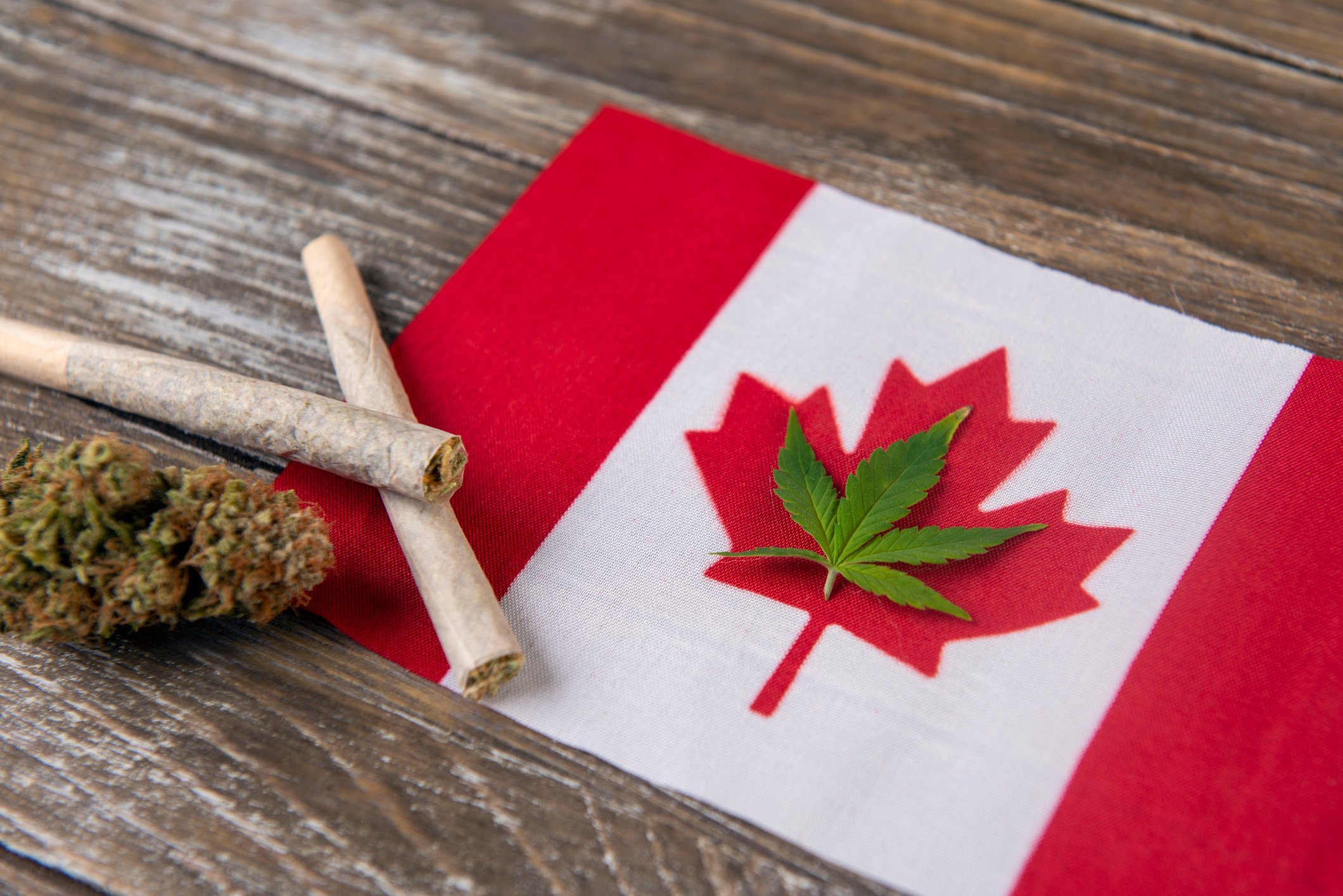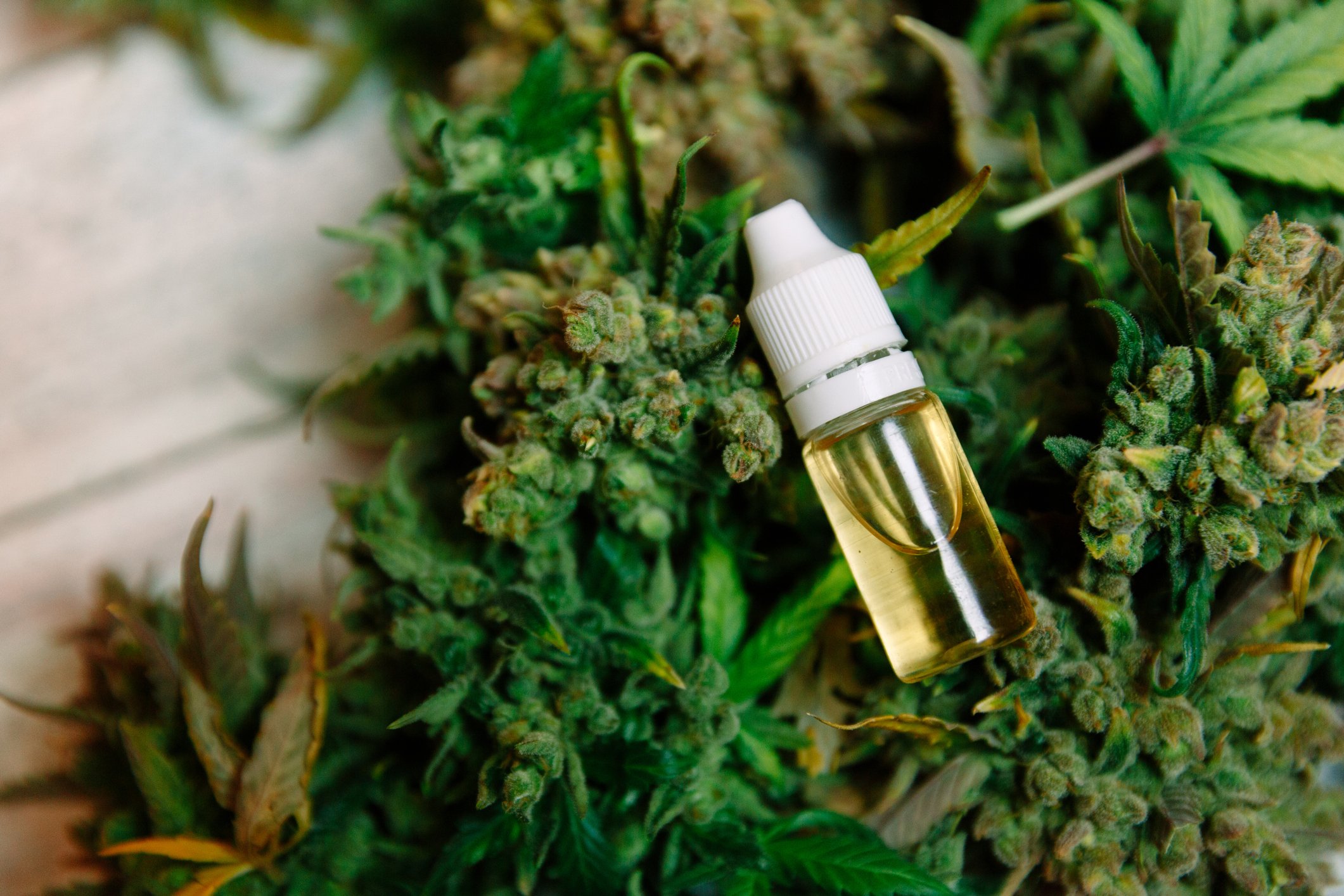Canada-based Village Farms International (VFF +4.11%) is one of the largest and longest-operating greenhouse growers in North America, with 30 years of experience growing vegetables such as tomatoes, cucumbers, and peppers. The company operates 240 acres, or 10.5 million square feet, of huge greenhouses, with roughly half in British Columbia and half in Texas.
When the company announced in 2017 that it was getting into the cannabis business, it said that converting its Canadian greenhouses to the intoxicating weed could generate 10 to 15 times the revenue and increase EBITDA margin more than 50% compared with its vegetable production at the time. That's a no-brainer from a business point of view.
But with its share price up about 750% since then, the stock's attractiveness as an investment is far from obvious. Now that Village Farms has started cannabis production and has announced its intention to get into the U.S. hemp market, is the stock a buy?

Image source: Getty Images.
Forget tomatoes: The pivot to cannabis
In June 2017, Village Farms announced it was forming a joint venture called Pure Sunfarms with Emerald Health Therapeutics (EMHTF +0.00%) to start growing pot in its greenhouses. Emerald Health, a Canadian producer of medical marijuana flower and oils, would get the benefit of experienced growers and existing greenhouse space, while Village Farms would get a partner with experience in the cannabis industry and a buyer for some of its production. Village contributed Delta 3, a greenhouse in Delta, British Columbia, with 1.1 million square feet of space, which the company said gives it a capacity to produce 75,000 kilograms annually.
The JV agreement gives Pure Sunfarms the option of leasing or purchasing two other Village Farms greenhouses in Delta, which would give the joint venture 4.8 million square feet and the capacity to produce 330,000 kilograms annually, according to the company. It seems clear that Pure Sunfarms is moving in the direction of building capacity as fast as it can. On April 1, Village Farms announced that the joint venture has exercised its option on Delta 2, which doubles its production area to 2.2 million square feet and doubles the annual cannabis production potential to 150,000 kilograms.
A move to hemp
Village Farms' ambitions aren't limited to supplying marijuana users in Canada. It also intends to go after the market for hemp-derived products in the U.S. by becoming a vertically integrated producer of cannabidiol (CBD). The company has one of the largest greenhouse footprints in the U.S., with 5.7 million square feet of existing space that is wholly owned by Village Farms, rather than being part of a joint venture.
One little sticking point for converting those greenhouses to hemp is the confused state of hemp laws in Texas. On April 5, the Texas Department of State Health Services eliminated hemp from its list of controlled substances -- a step in the right direction for Village Farms. But Texas state legislators still haven't removed the criminal penalties for buying and selling hemp, so until Texas changes its laws to align with the federal legalization that happened with December's passage of the farm bill, the company has to wait. These changes could come soon, though.
Meanwhile, Village Farms formed a joint venture with a small, Georgia-based farming operation called Nature Crisp LLC to ramp up field-based cultivation of hemp in states where the legal barriers have been removed. The company expects to start growing hemp this spring and to have 500 acres to 1,000 acres in production and extraction capabilities in place by the end of 2019. It expects to be supplying wholesale CBD oil and branded CBD products for "big box" retailers in 2020.

Image source: Getty Images.
Where does the value lie?
It's hard to put a value on Village Farm's future hemp business. The market was pretty excited about the news of its field hemp partnership when it was announced, but hemp production in the U.S. is going to be a very crowded space. Demand for CBD oil will explode, but hemp is not too hard to grow, so farmers in the 41 states that have legalized hemp cultivation so far will be competing to meet that demand, which will certainly depress prices.
Assuming hemp production eventually gets legalized in Texas, the company may have better prospects for greenhouse-grown hemp than for field-grown crops. Since CBD oil is used in health and wellness products, hemp grown in controlled and chemical-free environments in greenhouses may sell for a premium.
The near-term prospects for growth and profits from the Canadian recreational and medical marijuana market are much better. With a shortage of supply in Canada, marijuana producers are scrambling to meet demand, and Pure Sunfarms is making solid progress in converting the Delta 3 greenhouse to cannabis production. The joint venture started harvesting in one quadrant of the greenhouse late last year, and actually produced positive EBITDA in the fourth quarter. By the end of this month, the entire greenhouse will be licensed and producing marijuana and the company expects to hit the annual run rate of 75,000 kilograms by July 1. The doubling of production from the addition of Delta 2 isn't too far behind. The first harvest is expected by mid-2020, and full run-rate production could be achieved in the fourth quarter.
The name of the game for Canadian marijuana producers right now is growing capacity as rapidly as possible and locking up supply agreements. The company has a clear path to becoming a top-tier producer by virtue of having greenhouses in Canada already built that could produce 330,000 kilograms of pot per year. It also has supply agreements in place that lock in customers for some of its product. Emerald Health Therapeutics has agreed to buy 40% of marijuana production from Pure Sunfarms at a locked-in price this year and 25% at prevailing wholesale prices in 2020, 2021, and 2022.
Is the stock a buy?
I think in the short term, the news flow for Village Farms should be good enough for its stock price to do at least as well as that of other marijuana producers. The company should be able to hit the 75,000-kilogram annual run rate in the next three months and make a profit doing it. That production rate will double next year and likely double again the year after that if Delta 1, which is as big as the other two greenhouses combined, is optioned to Pure Sunfarms as well. The fact that Village Farms has decades of experience running these greenhouse operations means there is little operational risk.
Longer term, the picture is fuzzier. Village Farms' bigger peers are thinking bigger, locking up supply agreements with major beverage companies or developing markets for their products overseas. Pure Sunfarms says that it intends to be the low-cost provider in the industry, but its goal of achieving production cost of a dollar per gram is no more aggressive than that of its peers. Aurora Cannabis may be well below that mark by the end of the year, and other companies say they have the same goal. Village Farms' long-term growth strategy appears to be tied to the U.S. hemp and CBD oil market, but that could be a very competitive space very soon.
Village Farms is worth a look for investors who want a diversified portfolio of marijuana stocks, considering the short-term catalysts and market capitalization of only $760 million, compared with multiple billions for some peers that are a few months ahead of it in the production capacity race. On the other hand, in the risky space of marijuana stocks with high valuations, many investors will probably want to stick with stocks that have clearer, long-term prospects and better protection against a drop in wholesale marijuana prices once shortages are resolved.






